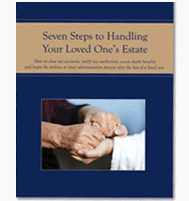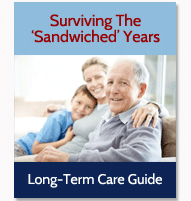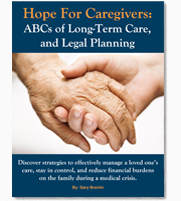Hospice: Not Just About Dying
Yet another great speaker at the most recent American Academy of Estate Planning Attorneys Summit was Elaine McIntosh, President and CEO of Kansas City Hospice & Palliative Care. Her talk covered a wide range of matters, but I wanted to share a few:
Hospice care is related to general palliative (pain- or problem-relieving) care, and is largely defined by how Medicare will pay for it. Specifically, Hospice care is for patients who have a prognosis of six months or less to live, and its goals are maximizing the patient’s comfort and quality of life during this time, preferably while remaining at home.
There are multiple levels of hospice care: Routine home care means intermittent visits by team members in the patient’s home or nursing facility (with on-call support for emergencies). Continuous home care is short-term, round-the-clock care during a crisis period. General inpatient care is for symptom management or intense nursing needs. And Respite Inpatient Care is something you may not be aware of: Hospice can provide up to five days in a nursing facility for the purpose of giving family caregivers a break.
Hospice care is provided by many different providers, and not all of them are the same. In fact, there is a recent shift in the market toward profit-driven providers. How can you choose an appropriate provider for you or your loved one? Consumer Reports magazine (December, 2014, “A Beautiful Death”) recommends looking for the following:
- A not-for-profit provider
- Established for at least 20 years
- Certified Nurses and Doctors on staff and available 24 hours a day
- Palliative care consultants who can begin even if you are not yet ready for hospice
- An inpatient facility if symptoms cannot be managed at home
- Ability to care for individuals in nursing homes or assisted living facilities
- Social workers and chaplains
- Medicare approval
Finally, the most common complaint they hear from families: “We only wish we had called Hospice sooner.”






